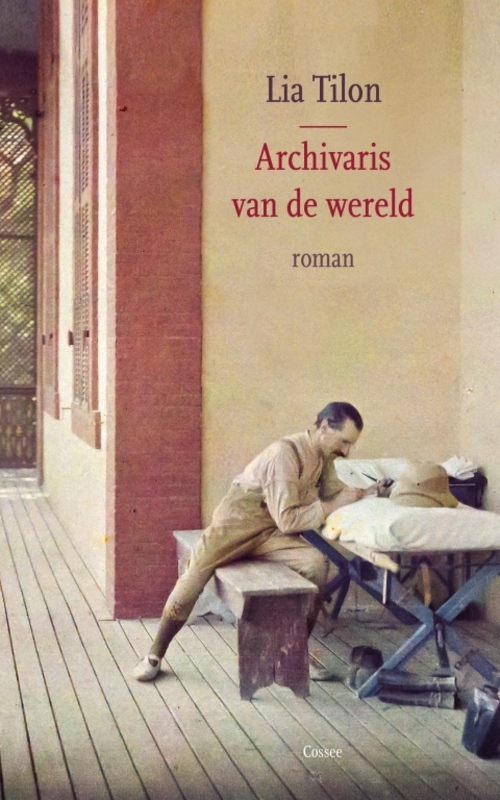
In 1907, the French banker Albert Kahn hands his driver Dutertre a brand-new camera and tells him to take pictures. Kahn wants him to realize his dream: capturing all the different inhabitants of the world on photograph, in order to create an “archive of the planet”. He is convinced that his pictures will eliminate fear of and prejudice against strangers, bringing about a more peaceful world.
Soon, Kahn begins sending out a number of photographers all over the globe - to the Native Americans, to African tribes and to the plains of Mongolia. Dutertre is not convinced of the project and has problems grappeling with the new equipment. He follows courses with Emile Pathé and studies manuals of the brothers Lumière. As he gets closer to Kahn he begins to understand his by now seniour employer. His work as a driver gets more exciting on top: he keeps riding the most illustrious guests to the villa at the outskirts of Paris, amongst which are Rudyard Kipling, Sir Chamberlain and Kahn’s close friend, the philosopher Henri Bergson.
In 1939, Kahn refuses to accept that the results of the collapse of the stock exchange and the impending war are making the realisation of his idealistic project impossible. His villa is in demise, Paris is full of anti-Semitic posters. In the last days of his empire he has nothing but his pictures to look back upon. We, the readers and Duterte, his last and only friend, are breathlessly looking back with him.